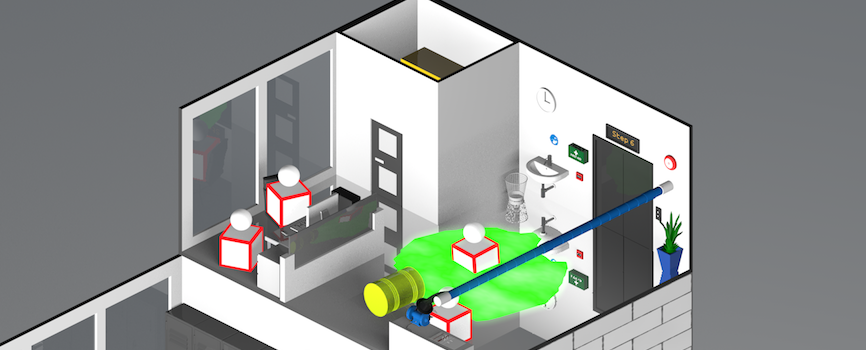“ICED”: A Problem Solving Strategy
Posted 4 years ago

Problem solving is a mental process that’s an essential part of everyday life. Whether you’re at home or at work, you’ll need to know how to create effective solutions so you can overcome hurdles and avoid setbacks. Sometimes, a problem can surface unexpectedly and require immediate action – such as needing to fix a punctured tyre before commuting to work. At other times, a problem may require a more cautious approach to ensure a successful solution – such as resolving a dispute with a colleague in the workplace.
The right solution to a problem may not always be clear at first, especially if the problem appears complicated or feels overwhelming. Fortunately, “ICED” is a simple, four-step problem solving strategy that can help anyone to formulate an effective solution to a problem – no matter how big or small. It’s easy to follow and can be used anytime and anywhere.
Here are the steps:
1: Identify
The first step to solving any problem is to properly identify the issue by finding and understanding the root cause. This may sound obvious, but many problems can appear complicated because its source hasn’t been established. Gathering information and knowing the facts about the problem you’re facing is essential before trying to form a solution. Once you’ve identified the root cause, you’ll be able to create an accurate solution that’s more likely to be effective when you take action.
2. Create
After identifying the root cause of a problem, the second step is to create a potential solution. Some problems have simple solutions that involve little to no preparation, but others may need more of your time, attention, or even specific equipment. Make sure to use all of the resources that are at your disposal, and don’t be afraid to ask for help if you need it. Check for any risks before you move forward, as this will ensure the safety of you and all those involved. You should also have a back-up alternative to your chosen solution to minimise the chances of a setback.
3. Execute
Step three is to execute your chosen solution effectively and safely. To make sure that the problem doesn’t escalate, you should actively monitor the solution’s progress as it’s being implemented. For everyone’s wellbeing and safety, all risks should’ve been assessed and minimised using the proper tools and communication. Sometimes, a written risk assessment may be needed for the execution to safely be applied – especially if there’s multiple people involved or if the problem is in a hazardous environment.
4. Determine
The fourth and final step is to determine whether the solution was a success. For simple problems with obvious solutions, the answer is often clear, but some solutions may require a more detailed evaluation – especially if the problem is likely to reoccur. Keep an eye out for anything usual after the solution has been applied; this should be done until you, and everyone who may have been affected by the problem, is confident that the solution has been a success. Once you’re certain that the problem has been solved, you can hold your head high knowing that you’ve successfully developed your problem solving skills.
This may sound like a lot to learn, but you can easily breeze through these steps once you’re comfortable with them. Being a good problem solver makes you more reliable and resilient in both your personal and professional life, and we hope that using ICED for future problems can help you to overcome the challenges you face throughout the day.
Problem Solving Training
Developing your problem solving skill set is a great way to demonstrate your initiative and independence, which can pave the way for new opportunities and responsibilities both at work and at home. Our Problem Solving Course is coming soon to our Soft Skills course library, it will be the perfect starting point to improving anyone’s problem solving skill set. This short course will guide users through what problem solving is and why it’s so important; how to correctly identify problems when they appear; and how to create and apply solutions to remedy these problems.
Register your interest for this course today and you’ll be notified when our course is launched!
Related articles



Opt-in to our newsletter
Receive industry news & offers